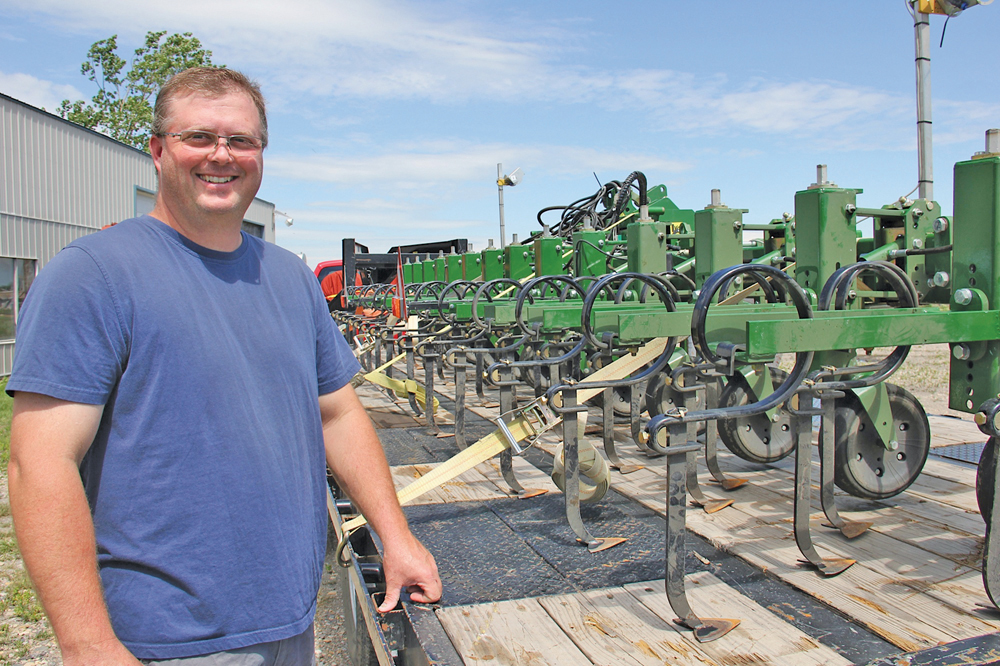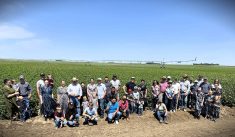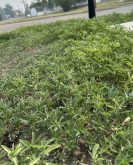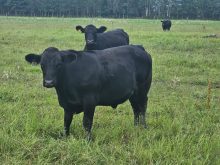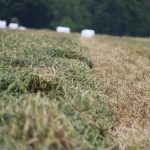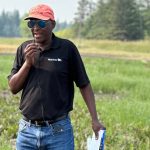Jeremiah Evans has a new high-tech hand helping him control weeds on his organic farm.
Last fall, Evans took delivery of a custom-built U.K.-manufactured Robocrop InRow Weeder, which uses cutting-edge video image analysis to identify and target weeds, leaving the crop behind.
After seeing what the cultivator could do to his wild oats, thistle and quackgrass this spring, the south-central Manitoba farmer is convinced he’s found a solution to his weed problems. And visitors are equally impressed.
“I’ve had a few tours to the farm this summer,” said Evans. Those watching the 22-foot cultivator yank out weeds between his 6-1/2-inch row field crops are calling this “a complete game changer for the organic industry.”
Read Also
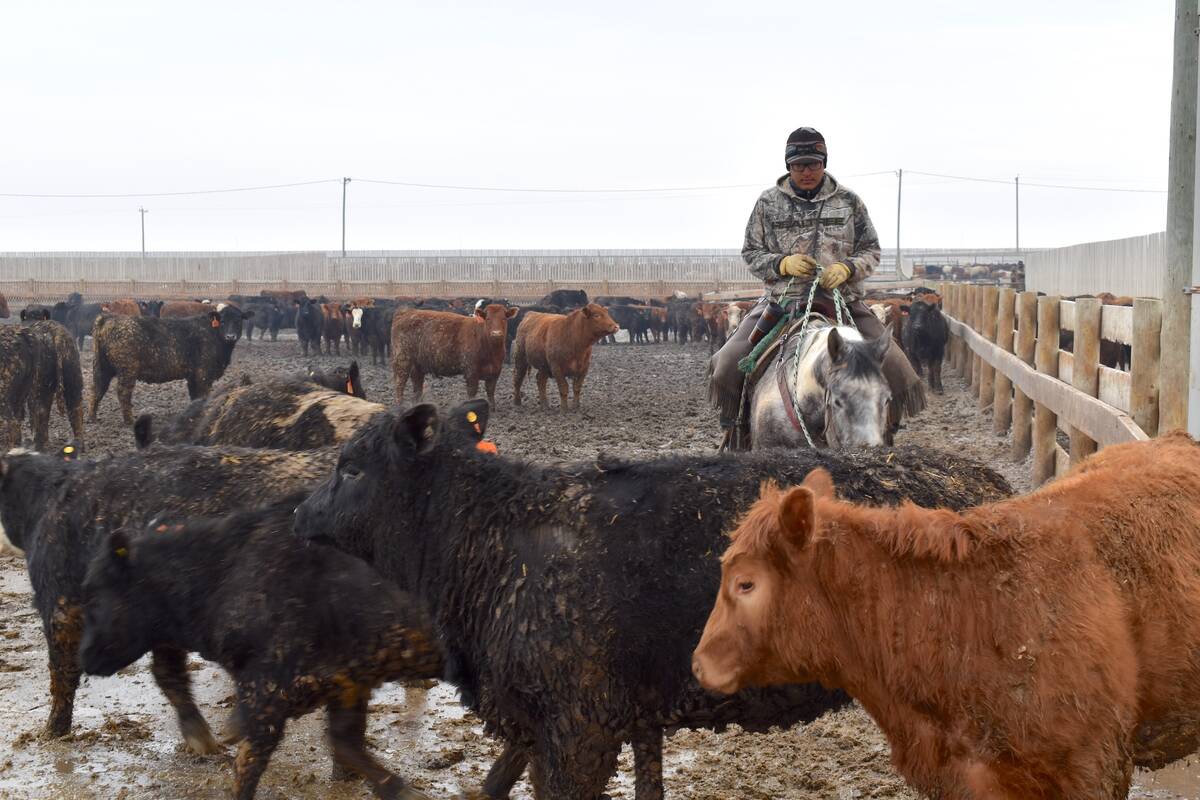
Gen Z creates ag hiring challenges
Agricultural employers may need to think outside the box to attract and retain Gen Z employees back to the rural lifestyle
“Everyone is pretty excited about it,” he said during a recent organic farming systems tour.
“I think it’s going to change organics in Western Canada. There’s good potential in organic, but the weed competition always seems to take that potential out.”
The 38-year-old, who is also an electrician, has farmed 500 acres organically since switching out of a much larger conventional farm operation in 2004 when his health was affected by chemicals.
Nervous at first
Any new and relatively effective mechanical means to control weeds is bound to be welcomed by organic farmers, whose weed problems can quickly get out of hand despite using careful rotations, use of cover crops, or increased seeding rates.
Evans said what prompted him to seek alternatives was a combination of his own mounting frustration with narrow windows to harrow, which he’s largely relied on for weed control, plus a question raised at last year’s organic field tour: ‘Isn’t there another way to control weeds after seeding?’
“I started searching on the Internet and stumbled across this watching YouTube videos,” he said. A few conversations with U.K manufacturer Garford and a long look at his own fields’ weed patterns convinced him this approach might work.
“Harrowing needs to be done within a matter of days and I wasn’t getting the timing perfect,” he said.
He admits being nervous on the first day out with the Robocrop, wondering just how precise it would be.
“I think it took about three hours to make the first outside round… I was just constantly checking, and you have to get the cameras set up so they follow the rows properly,” he said.
But any fears of ripping out his newly planted field were quickly dispelled.
How it works
The cultivator is guided by two video cameras that use colour and pattern recognition software to identify the weeds and control the weeding rotor that takes them out.
It is extremely precise, says Evans, adding that the company’s own claim is it is accurate to within three-eighths of an inch (10 millimetres).
“This is more accurate than RTK GPS which is only accurate to one inch,” he said.
He has used it on crops of peas, mustard, beans, wheat, barley and flax, with the machine covering between 10 and 12 acres an hour.
Evans said he’s impressed with its ability to consistently cut down weeds, regardless of what height they’ve reached, while leaving the crop behind.
“I’m very happy with the way it’s performing and the job it’s doing.”
He has set up test plots to determine what his new weed control measure will do for yields. But he’s already convinced the machine is worth its $80,000 price tag.
“A yield increase of a bushel an acre will justify the cost,” he said.
The cultivator was purchased from Willsie Equipment Sales in Ontario.

